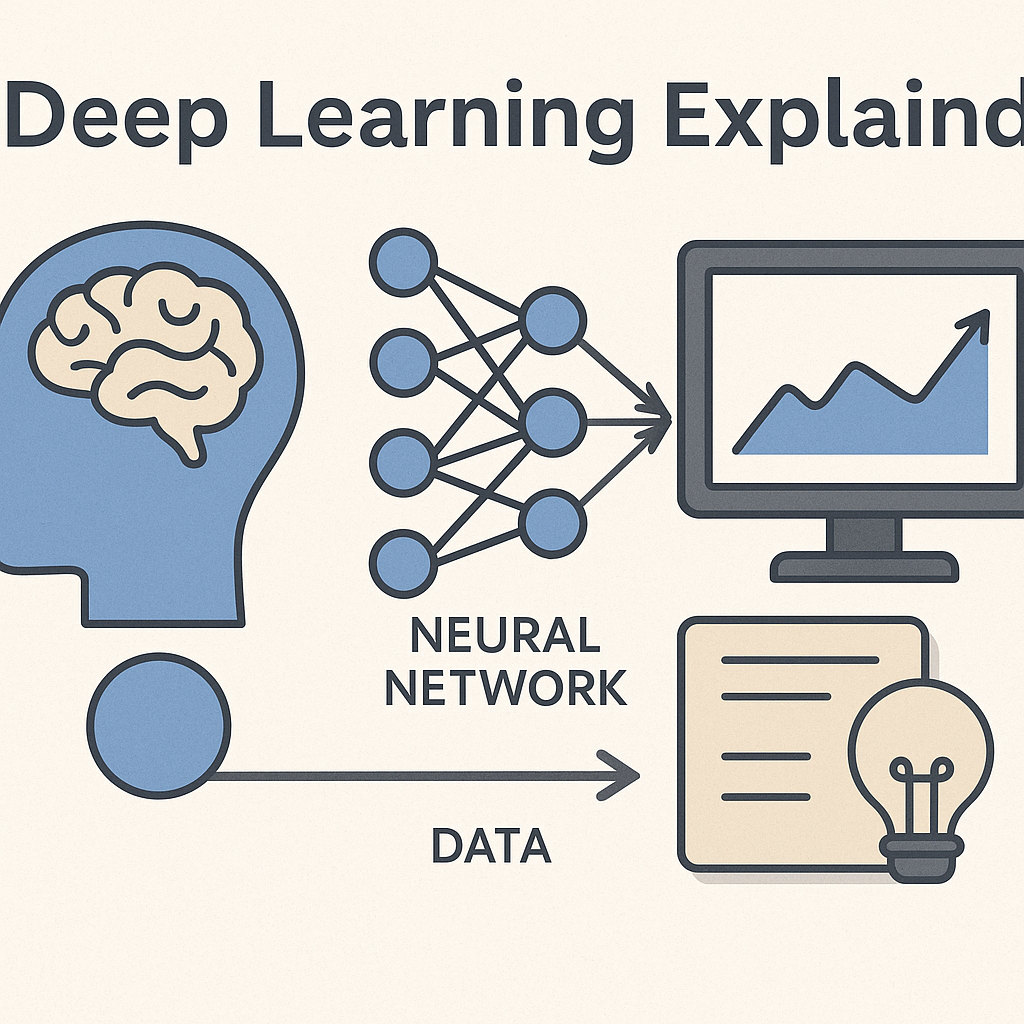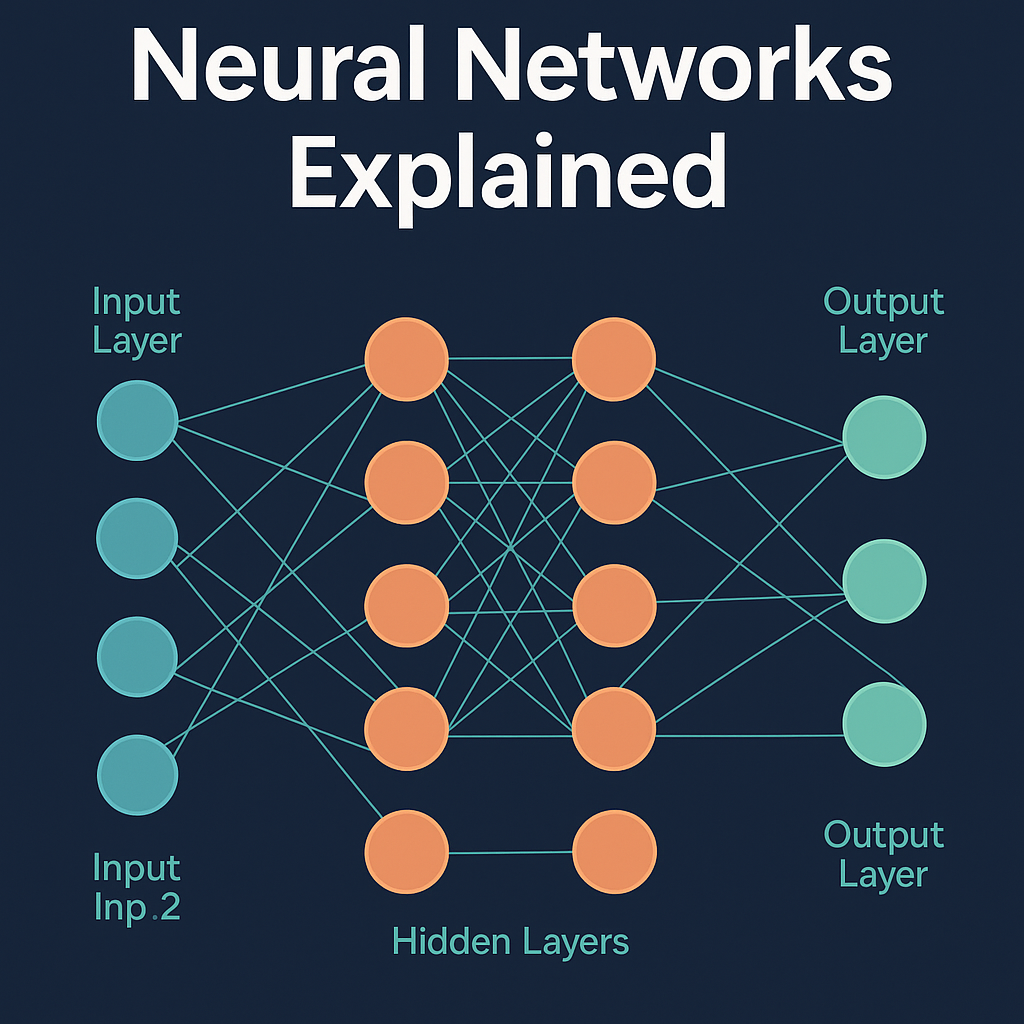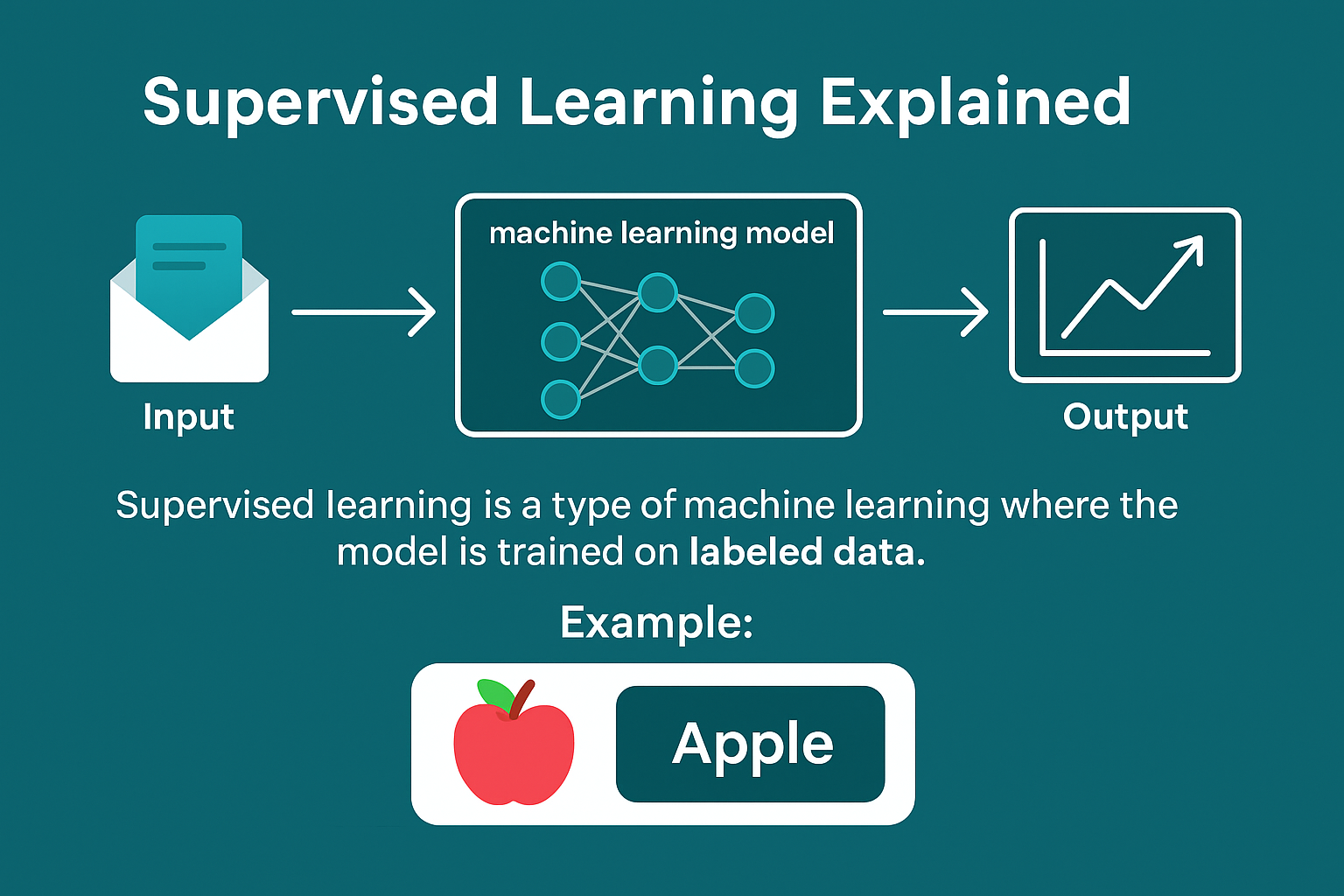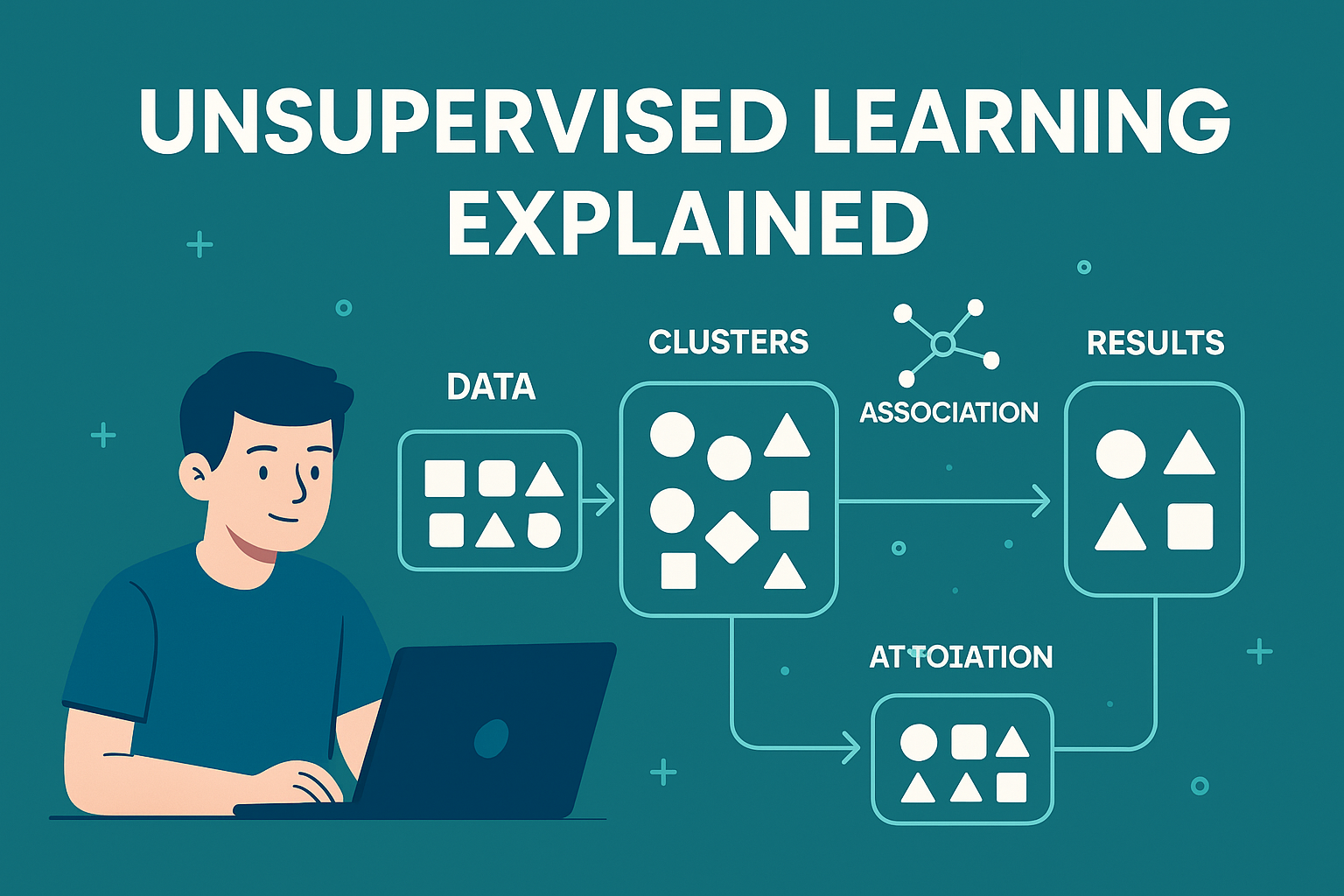🤖 Master Machine Learning: The Complete Guide That Will Transform You Into an AI Expert!
Explore what Machine Learning is, the key types, real-world applications, and the latest trends in AI.
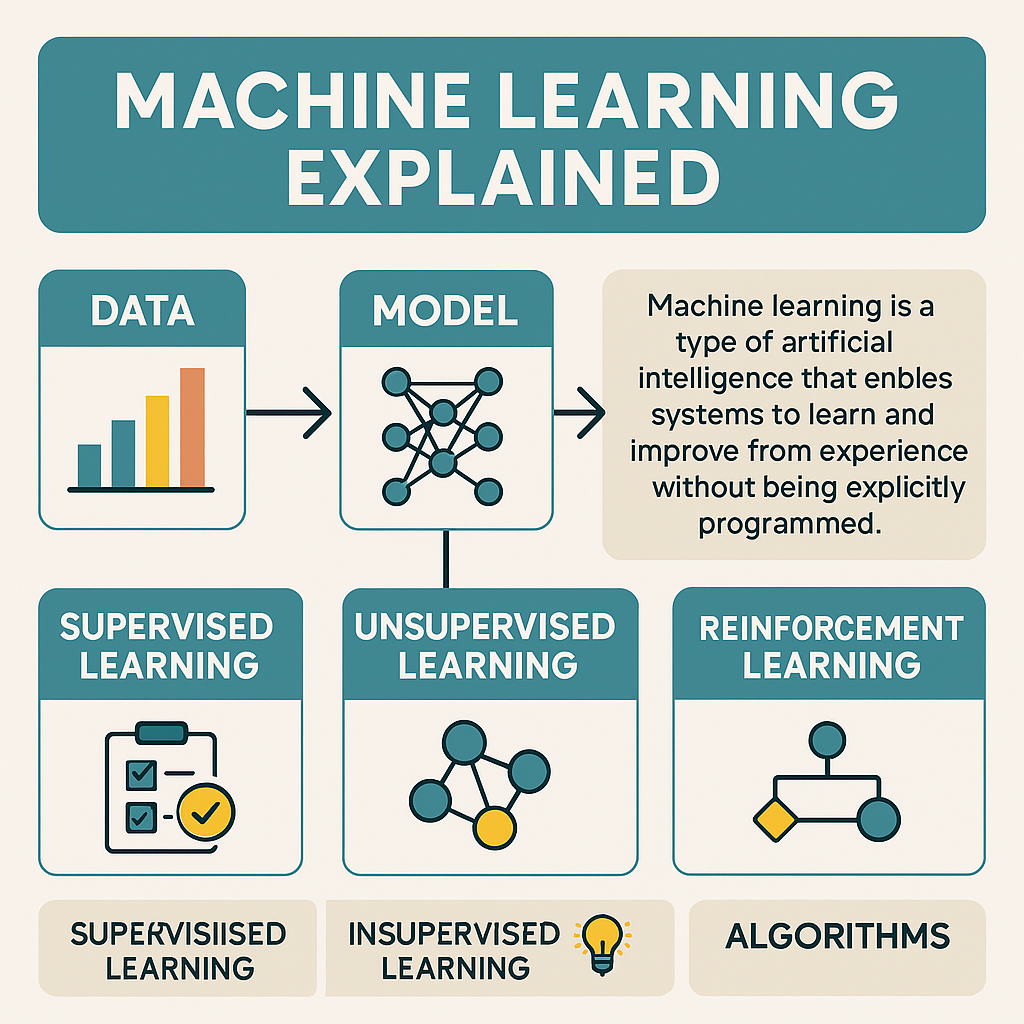
🌐 Introduction
Machine Learning (ML) stands as a foundational pillar of contemporary technological advancement, driving innovation across diverse sectors. From optimizing streaming service recommendations to bolstering financial fraud detection systems, ML empowers autonomous systems that learn from data, progressively refining their performance without explicit programming. This document provides an in-depth exploration of machine learning, encompassing its fundamental definitions, principal paradigms, core algorithmic approaches, practical applications, emerging trends, and the inherent challenges and ethical considerations that shape its trajectory.
🤖 Defining Machine Learning
Machine learning, a specialized discipline within artificial intelligence, involves the development of systems capable of learning from data, discerning complex patterns, and making informed decisions with minimal human intervention. Distinct from traditional programming, where operational rules are manually encoded, ML systems infer these rules directly from extensive datasets, adapting and evolving their capabilities over time.
📊 Key Paradigms of Machine Learning
📘 Supervised Learning
More Details - Supervised Learning
Supervised Learning is characterized by the algorithm’s reliance on labeled datasets. Each instance within the training set comprises an input paired with its corresponding correct output. The objective is for the model to establish a mapping between inputs and outputs. This paradigm is extensively applied in scenarios such as:
- Email spam classification
- Image recognition and categorization
- Financial fraud detection
Common Algorithms:
- Linear Regression is one of the most fundamental algorithms in machine learning and statistics. It’s used to model the relationship between a dependent variable (target) and one or more independent variables (features).
- Logistic Regression is one of the most widely used algorithms for binary classification tasks like spam detection, disease prediction, or customer churn.
- Support Vector Machines (SVM) are powerful and flexible supervised learning models used for classification and regression. They are particularly well-known for their effectiveness in high-dimensional spaces and binary classification problems.
- Decision Trees is a flowchart-like structure used in machine learning to make decisions by splitting data into subsets based on feature values. It’s widely used for classification and regression tasks due to its simplicity and interpretability.
- Random Forests is an ensemble learning technique that builds multiple decision trees and merges their results to improve accuracy and reduce overfitting. It’s commonly used for both classification and regression problems.
- Gradient Boosting Machines is one of the most powerful and widely-used algorithms in machine learning, especially for structured/tabular data. They form the backbone of many winning solutions in data science competitions like Kaggle and are widely adopted in production systems.
- Neural Networks are the cornerstone of modern artificial intelligence. Inspired by the structure of the human brain, these computational models excel at identifying patterns, making predictions, and learning from complex datasets. This blog post explores the structure, types, applications, and inner workings of neural networks.
📙 Unsupervised Learning
More Details - Un-Supervised Learning
In un-supervised learning, the datasets lack explicit labels. The model’s primary function is to autonomously discover inherent patterns, clusters, or structural relationships within the data. Applications include:
- Customer segmentation and profiling
- Anomaly detection in system behavior
- Topic modeling in large text corpora
Common Algorithms:
- K-Means Clustering,
- Hierarchical Clustering,
- Principal Component Analysis (PCA),
- Independent Component Analysis (ICA),
- DBSCAN.
Supervised Vs Unsupervised Learning:
🎮 Reinforcement Learning (RL)
Reinforcement learning focuses on training an intelligent agent to make a sequence of optimal decisions within an environment. This is achieved through a system of rewards for desirable actions and penalties for undesirable ones, guiding the agent towards a defined objective. Prominent applications include:
- Advanced game playing (e.g., AlphaGo, Atari games)
- Robotics control and navigation
- Development of autonomous vehicle systems
Common Algorithms:
- Q-Learning
- SARSA
- Deep Q-Networks (DQN)
- Proximal Policy Optimization (PPO)
🧪 Specialized Learning Approaches
Self-Supervised Learning (SSL): This approach leverages large volumes of unlabeled data by formulating pretext tasks where the data itself provides the supervision signal (e.g., predicting missing words, reconstructing masked parts of an image). SSL is instrumental in powering large-scale foundational models such as GPT, BERT, and CLIP.
Semi-Supervised Learning: This method strategically combines small sets of labeled data with larger quantities of unlabeled data. It is particularly valuable in contexts where data labeling is resource-intensive, enabling improved model performance with reduced annotation effort.
🧮 Foundational Algorithms
The selection of an appropriate ML algorithm is contingent upon the data characteristics, the specific objective (e.g., classification, regression, clustering), and the desired model complexity. Key algorithms include:
- Linear/Logistic Regression
- Decision Trees & Random Forests
- K-Nearest Neighbors (KNN)
- Naive Bayes
- Support Vector Machines (SVM)
- Neural Networks / Deep Learning
🌍 Real-World Implementations
Machine learning has permeated various industries, transforming operational efficiencies and driving new capabilities:
- Healthcare: Disease diagnosis, drug discovery, personalized treatments
- Finance: Credit scoring, algorithmic trading, risk assessment
- Retail: Recommendations, inventory optimization, demand forecasting
- Transportation: Route optimization, self-driving systems
- Agriculture: Yield prediction, crop disease detection, precision farming
📈 Emerging Trends and Developments
- Foundation Models & LLMs: Models like GPT, Claude, and Gemini represent a paradigm shift in how ML is deployed.
- Edge AI: Running ML models on local devices for real-time decisions.
- Data-Centric AI: Focus on clean, consistent, and well-labeled datasets.
- MLOps: Streamlined model deployment and monitoring practices.
- Explainable AI (XAI): Making models more interpretable and transparent.
⚠️ Challenges and Limitations
- Data Bias and Fairness Issues
- Overfitting / Underfitting
- Adversarial Attacks
- Black-Box Interpretability
- Computational Costs and Environmental Impact
🧭 Ethical Considerations and Fairness
ML systems must be deployed responsibly. Ensuring transparency, accountability, and equity is critical, especially in high-stakes domains like healthcare and justice.
🚀 The Future Trajectory of Machine Learning
- Generalist Models for multi-domain reasoning
- AutoML to simplify model design
- Hybrid AI systems combining rules with learned behavior
- AI Safety and Alignment to ensure responsible autonomy
🔚 Conclusion
Machine learning is a dynamic and powerful field reshaping every industry. Whether you’re a developer, researcher, or simply curious, understanding its fundamentals is essential to navigating the future of technology.
Want to dive deeper into real-world ML use cases and projects? Follow us at superml.dev.

